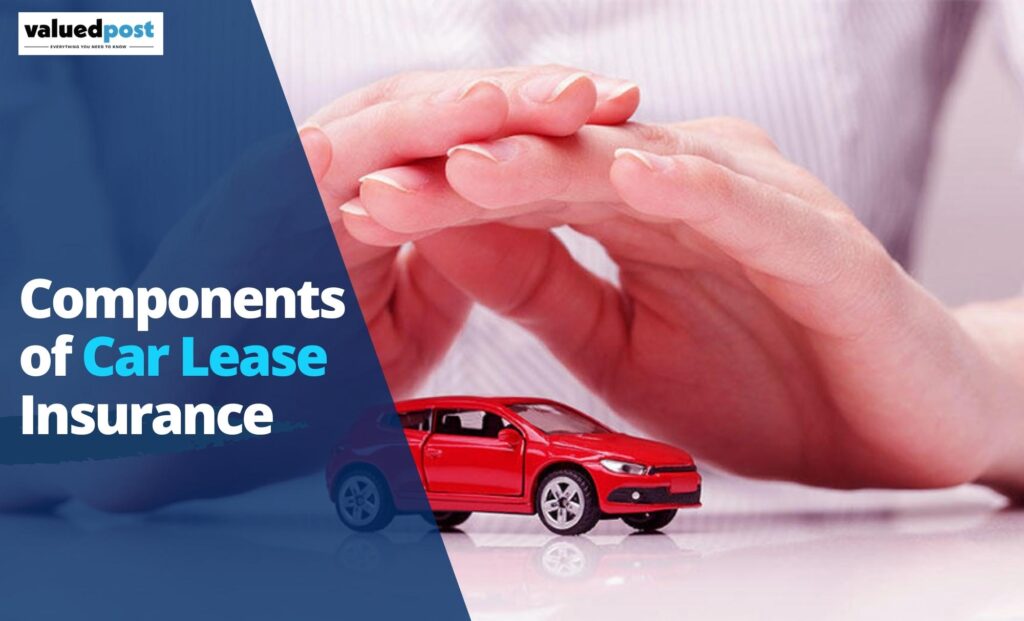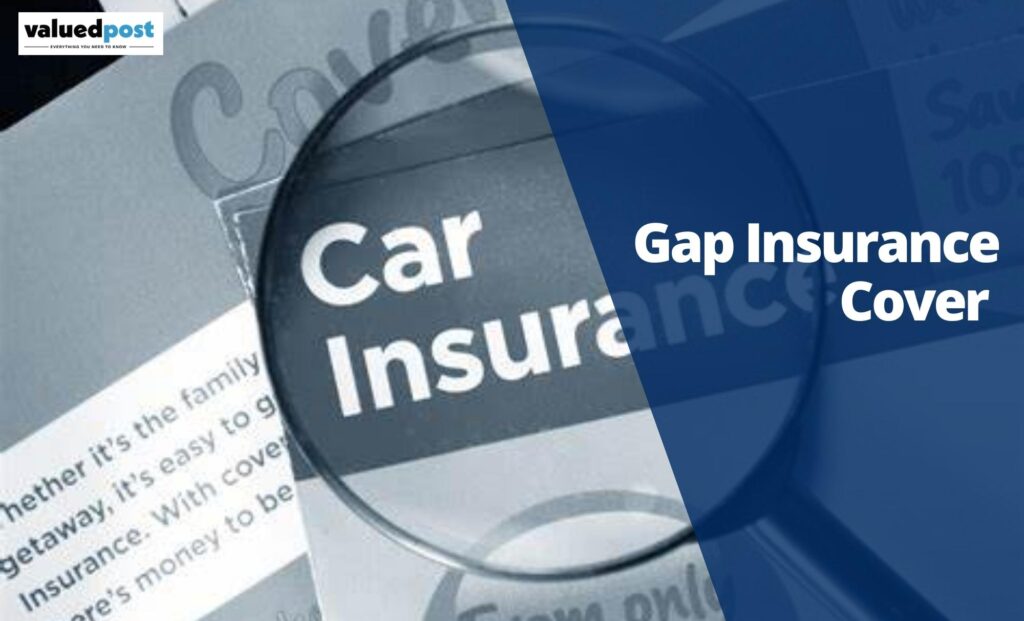Leasing a car is becoming common among people as they can easily swap it with other new car models easily. Leasing is different from renting, as leasing comes with insurance coverage. However, car leasing with insurance has its own pros and cons. Here in this blog, we will discuss how to lease car with insurance and what things to be considered before choosing it over buying a new car.
Why Do You Need A Car Leasing With Insurance?
Usually, the individual leasing a car is in charge of getting a car lease with insurance. Even if you choose to lease a vehicle rather than buy one, you must still maintain the minimum levels of auto insurance specified by the state. There can be variations State-by-state in coverage. Additionally, lessors may also demand collision, comprehensive, and in some cases, gap insurance.
Components of Car Lease Insurance

In the case of a car leasing with insurance, you must fulfill both state’s minimum auto insurance requirements and the insurance needs of the leasing firm when you lease a vehicle.
Requisites For The Leasing Company
Leasing companies frequently demand liability limits that are higher than the legal minimums. In addition to the insurance your state mandates, you’ll probably need to purchase:
Collision insurance – which covers vehicle repairs following the majority of auto accidents.
Comprehensive coverage – which pays for damage to your car resulting from situations other than a traffic accident like harm caused by riots, flooding, and even hail.
State Regulations for Car Lease With Insurance
The type of insurance customers purchase and the quantity of coverage required varies according to state. Customers must carry the required amount of auto insurance in their state whether they finance or lease a car.
Property injury liability insurance – It is valid in situations in which the customer has done harm to another’s property or car as a result of an accident.
Personal injury liability insurance – It comes in use when the customer harms the person due to a car accident causing physical injuries. If an injured party is unable to work as a result of the collision, it also covers lost wages.
Underinsured vehicle operator coverage – This coverage provides financial assistance in the event that you are involved in an accident that wasn’t your fault and the at-fault driver doesn’t have enough insurance to cover your medical costs or auto repairs.
Personal injury protection – It covers missed wages, child care, funeral expenses, and other services you can’t provide because of crash-related injuries. Basically, it covers your and your passengers’ accident-related medical costs, regardless of who is at fault.
Medical coverage – It covers medical costs for you and anyone else who was in your car at the time of the accident.
Gap Insurance Cover

Car leasing with insurance also requires to cover this form of insurance. “Gap” stands for “guaranteed asset protection.” If an automobile with unpaid lease payments were damaged or stolen, the policyholder would employ it. This insurance covers the difference between your vehicle’s value at the time of the accident and the balance left on your loan or lease.
In this case, an insurer reimburses you for your deductible less the actual value of the car at the time of the claim. Gap insurance kicks in to handle the remainder of the pay-out. It is applicable only if the automobile owner is insufficient to pay off the remaining balance on the car lease.
Benefits and Drawbacks of Car Lease
Customers will have to pay lesser monthly payments compared to installments on new cars. Comparatively, leasing a car allows you to replace it quickly with a new model. Also, the customers can benefit as they won’t have to worry about depreciation. Moreover, customers will save on sales tax.
However, there are some drawbacks to having a leased car. Lease cars have less mileage compared to new ones. You will have to pay for the wear and tear your old car is going through. Also, customers have to pay a termination fee when they terminate the lease contract in between the contract period.
Frequently Asked Questions
If you are interested in driving new cars and want to have no worries of wear and tear, leasing a car with insurance is a better option. Also, the premiums on lease cars are low compared to new cars.
Customers can ask the insurance provider to extend the insurance. Also, they can apply for new insurance coverage with new regulations.
The price of insurance premiums increased by requirements for collision and comprehensive damage coverage as well as due to maximum deductible limitations.
Do you Want To Explore More:
